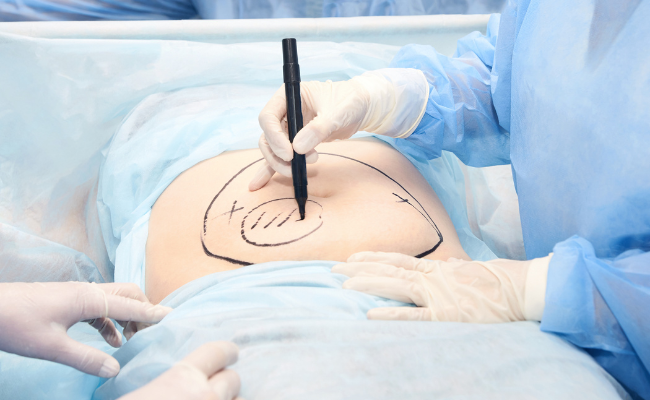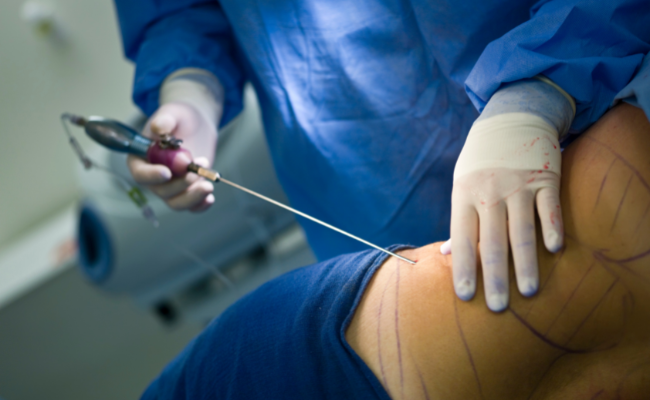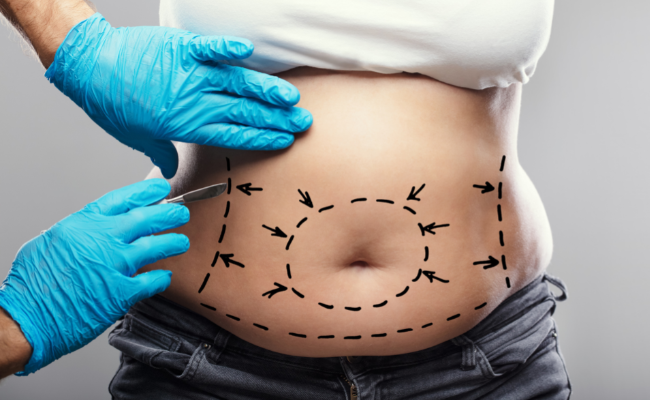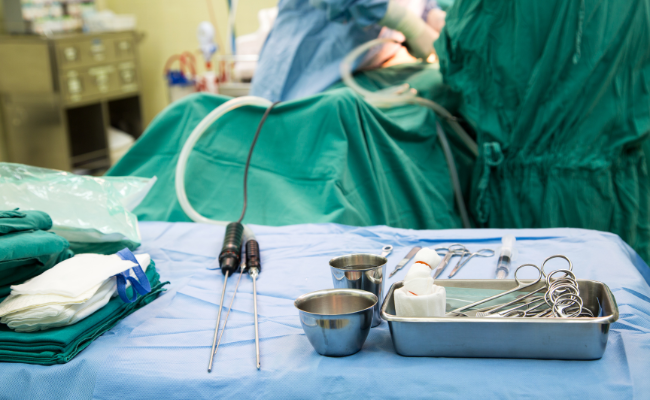The Art of Liposuction: Before and After Transformations
In today’s world, liposuction is a very popular procedure, but not everyone fully understands what it entails. However, the procedure is not a part of any weight-loss program.
Liposuction’s before and after results show significant changes, making it a desirable option for individuals who want to lose body fat or enhance their physical appearance.
There are different body shapes and sizes, and only some feel comfortable with how certain parts of their bodies look. Being happy with your looks is a great confidence booster.
Understanding Liposuction

Liposuction may be worth considering if you’re having trouble getting rid of stubborn fat through diet and exercise or if you’re seeking to improve your body’s symmetry and overall shape.
What is Liposuction?
Liposuction is a cosmetic procedure used to contour, reshape and improve body proportion by removing excess fat from specific areas of the body.
Although doctors mainly perform liposuction for cosmetic reasons, there are some situations where they use liposuction for reconstructive purposes.
For instance, used as part of breast reconstruction surgery following a mastectomy or facial reconstruction surgery to remove excess fat and improve the contour of the face.
This procedure is growing in popularity and is common among men and women seeking to lose weight and enhance their physical appearance.
However, men and women have different patterns of fat distribution in their bodies, which can affect how they respond to liposuction.
The male body has more fat in the abdominal area, while the female body has more fat in the hips and thighs. Furthermore, liposuction’s risks and potential complications can also differ between men and women.
How Does Liposuction Work?
Liposuction is not a weight loss procedure. Neither is it designed to help you gain weight. Speaking to a qualified cosmetic surgeon to confirm if you should undergo Liposuction is essential.
During Liposuction, doctors make small incisions on the skin (specific area to be drained), through which they pass a cannula.
A cannula is a thin tube inserted into the body to administer medication or drain fluid. Using a vacuum-like device, doctors drain the fat out of that area.
This procedure can take one to several hours, depending on the amount of fat drained.
Types of Liposuction
There are different types of liposuction, and they are distinguished by their method of fat removal. They include:
Traditional Liposuction: Also famous as suction-assisted liposuction, it involves using a cannula to suction out fat cells. It is the most common type of liposuction.
Laser-assisted Liposuction LAL: also known as ‘Smart Lipo,’ is a process that involves using a laser to break down fat cells before suctioning.
Power-assisted liposuction (PAL): This process employs a high-powered vacuum to extract fat cells.
Tumescent liposuction: A solution containing lidocaine and epinephrine is injected into the treatment area to reduce bleeding and pain during this procedure.
The solution helps to shrink the blood vessels and minimize bleeding. Afterward, doctors use a cannula to remove the fat.
Water-assisted liposuction: “Body Jet” involves utilizing a specialized device that ejects a high-pressure mixture of water and saline solution to dissolve adipose cells. The broken fat cells are then ready for suctioning.
Ultrasound Liposuction: Also known as ‘Vaper liposuction,’ is a procedure where health experts use sound waves to tear up fat cells before suctioning them out.
Preparing for Liposuction
Before the actual procedure, doctors must take some basic measures to determine the appropriate treatment for your needs, provide information on the dos and don’ts, and communicate other important details.
Consultation with a plastic surgeon
If you’re considering liposuction, scheduling a consultation is a crucial step. During this meeting, the surgeon will review your medical records, perform a physical exam, and recommend the best procedure for you.
They may also advise lifestyle changes to help you achieve optimal results. You will also receive examples of “liposuction before and after” to assist you in understanding the anticipated outcomes of the procedure.
Choosing the Right Surgeon
It is crucial to select the right surgeon since they will largely determine the final result of the procedure.
The surgeon of your choice must be ABCS certified. ABCS is short for the American Board of Cosmetic Surgery. They are responsible for ensuring that qualified and experienced surgeons safely and effectively perform plastic surgery and cosmetic procedures like liposuction.
The Liposuction Procedure
Liposuction involves creating tiny cuts in a specific area and using a slim, empty tube known as a cannula to draw out the surplus fat.
The administration of liposuction can involve either local anesthesia or general anesthesia, depending on the complexity of the procedure.
Once the fat has been removed, the incisions are closed with sutures or steri-strips. After the procedure, your doctor will cover the treated area with a compression garment to reduce swelling and help the skin conform to its new shape.
During the procedure, you may experience pressure and tingling sensations in the treated area. Additionally, the area may be slightly swollen and bruised.
After the process, your doctor will instruct you on caring for the area and managing any discomfort. Following these instructions carefully and attending all follow-up appointments is essential to achieve the best results.
The Recovery Process
In the recovery phase of Liposuction, you should take specific safety measures to ensure a quick recovery and achieve maximum results.
Some of these measures include:
- Wearing a compression garment for two to four weeks following the procedure.
- Taking pain medications as prescribed
- Avoiding strenuous activities for two to four weeks
- Avoiding direct sun exposure on the treated area for two to four weeks.
Common Side Effects Of Liposuction
Like every procedure, Liposuction has aftereffects too, some of which include;
- Swelling
- Bruising
- Soreness
- In some cases, there may be numbness in the treated area.
These symptoms should improve within a few days of the procedure.
What to expect during the recovery phase?
During the recovery phase, you can gradually resume your normal activities. Following your surgeon’s instructions and attending all follow-up appointments is essential to ensure the best results.
Liposuction results are usually visible within three to six months of the procedure. Afterward, you can check for differences in your liposuction before and after looks.
Liposuction: Before and After Transformations
Liposuction can effectively reshape and contour the body by removing excess fat and improving overall body shape and silhouette.
In most cases, results are visible immediately after the procedure and continue to improve as the treated area heals.
This procedure can help create a more balanced and proportional body shape and reduce the appearance of cellulite and stretch marks.
Patients often report a significant improvement in self-esteem and ability to wear too-tight clothes after undergoing liposuction, resulting in impressive real-life transformations.
Many patients also report improved posture and better overall health after the procedure.
Conclusion
Liposuction is a very effective way to enhance your body shape and physical appearance.
Patients can choose from a range of techniques for liposuction, including conventional suction-assisted methods and newer options like laser-assisted and water-assisted liposuction. It all depends on the patient’s preference.
While this procedure cannot substitute for a healthy lifestyle, it can aid in achieving a more defined hourglass body shape.
Note: To reduce the risk of complications and guarantee the best results, we recommend you select an ABCS-certified surgeon and strictly adhere to all pre and post-operative instructions





